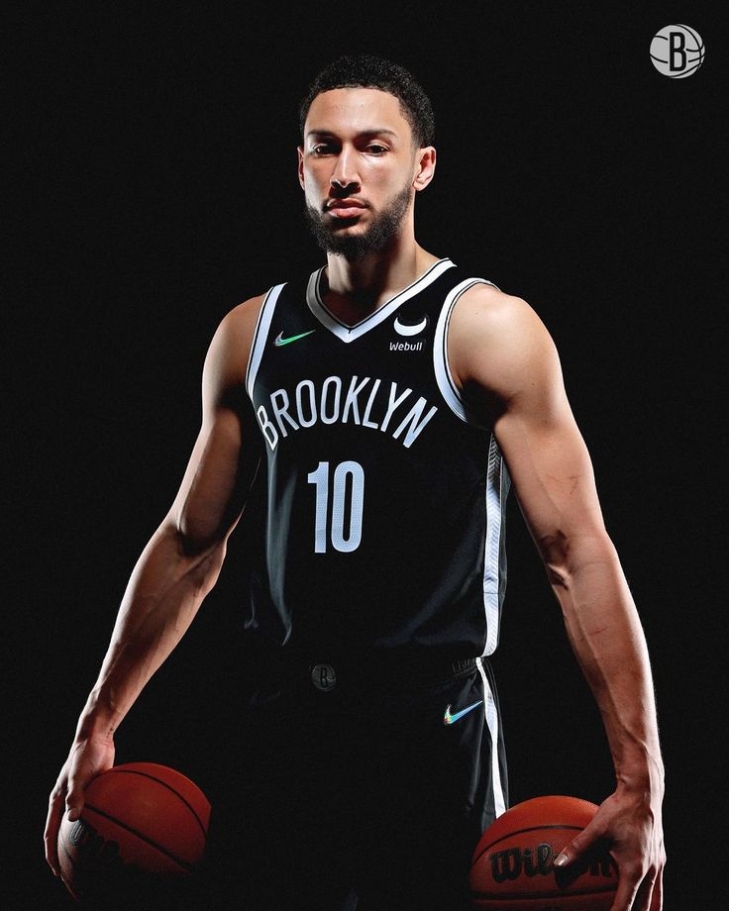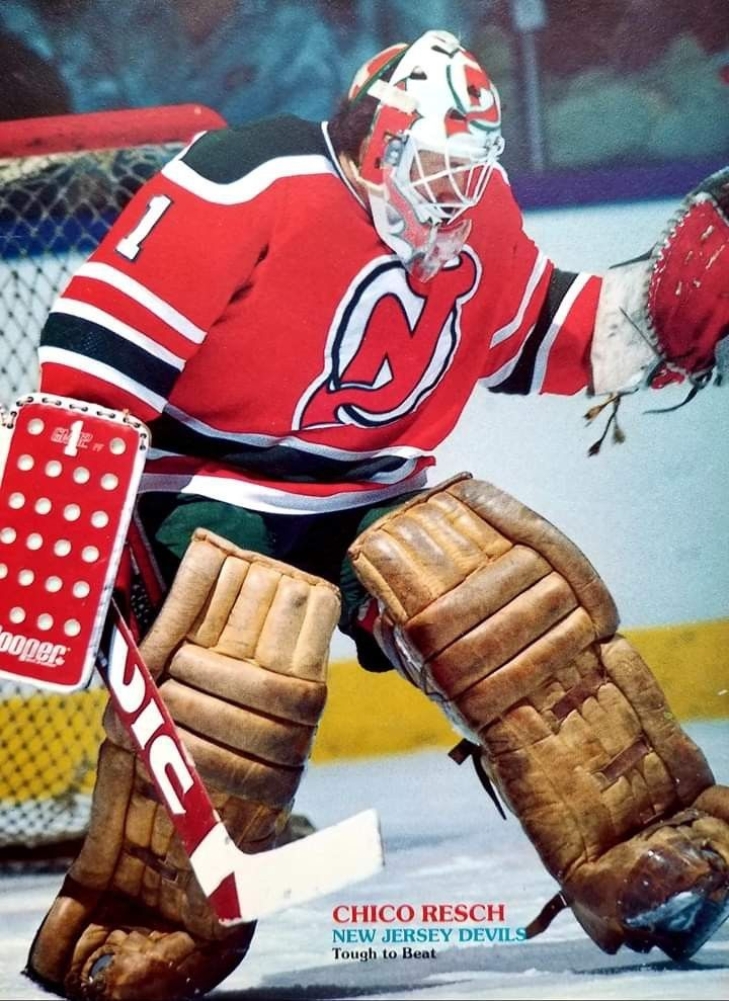
Committee Chairman
Brooklyn Nets Face Big Conundrum with Ben Simmons
Ben Simmons continues to be an enigma for the Brooklyn Nets, leaving the club scratching their heads about whether to retain his services or let him walk.
The Australian guard is in the final year of his lucrative contract with the Nets, but he has spent a large chunk of that time struggling with recurring injury problems.
Simmons has shown glimpses of a resurgence this season but the Nets want to be sure it is not a mere facade before deciding on his future.
The Nets haven’t lit up the NBA this season, but Simmons has performed relatively well. His long-term future will likely dominate the headlines for the rest of the campaign.
Simmons is a polarising figure both in the NBA and for fans in his native Australia. The Nets have become a popular pick with Aussie sports bettors due to Simmons’ presence on the team.
If the Nets decide to retain his services, betting apps in Australia will continue to be inundated with wagers on their NBA games over the next few seasons.
However, if Simmons is axed by the club, punters will switch their betting focus onto another NBA team, assuming he remains in North America.
Simmons has Failed to Justify his Salary
Simmons has spent five years with the Nets, but he has been a massive disappointment for the outrageous salary he commands.
Coming into the final season of a five-year, $177 million contract he signed in 2020, Simmons will take home $40.3m this year, making him the highest-paid player on the Nets roster.
Aside from his injury woes, Simmons’ mind-boggling salary - $12.7m more than the second highest Nicolas Claxton - will play a huge role in the club’s decision-making process.
Simmons has been efficient on either side of the court this season, showcasing his elite playmaking ability. He is also solid in rebounds and is versatile enough to slot into multiple positions.
However, he hasn’t done much to make the headlines, and his output is not good enough for a player of his calibre and salary demands. Simmons’s situation leaves the Nets in a dilemma as they struggle to align his contributions with their trajectory as a team.
Getting rid of his ridiculous salary will allow the Nets to reinvest in the team, but the plan is far from straightforward, with NBA clubs distancing themselves from a potential move for Simmons.
None of them are willing to take him on his current wages. He isn’t seen as a value-for-money trade as his output fails to justify his substantial salary, which leaves the Nets in a difficult position.
Simmons will likely see out his contract and enter unrestricted free agency next year. The Nets can still explore the possibility of bringing him back, but he would have to take a sizeable pay cut.
Nets Could Still be Valuable to the Nets
There is a compelling argument to be made for allowing Simmons to walk after this season. His salary demands - even on a reduced deal – may still outweigh the benefits he brings to a team in transition.
The Nets should consider using their resources to develop younger talents and snap up players who align with their project. Simmons has a unique skill set, but he does not tick those boxes.
His limitations as a scorer could also be a sticking point. Simmons is having the most efficient season of his career in terms of field-goal percentage. He has been efficient in attacking the basket and is still an elite passer and solid rebounder, but there have been issues with his shooting.
While his efficiency around the basket is commendable, Simmons has struggled to expand his offensive ability, whether it's taking mid-range jumpers or improving his free-throw shooting.
He has not evolved as a player, but play-off teams could be interested in signing him if they’re looking for a versatile playmaker, which means he should get minimum contract offers at least.
A change of scenery might be what Simmons needs. Changing teams could allow him to thrive in a more complementary role rather than carrying the weight of the Nets on his shoulders.
Moving on from Simmons seems like a no-brainer for the Nets, but keeping him might not be the worst idea in the world. His strengths as a passer, defender and transition player are still highly sought-after abilities in the NBA.
Simmons has shown flashes of his brilliance under head coach Jordi Fernandez, so there is no reason why he can’t continue to improve in the right environment.
He could also be a leader in the dressing room if the Nets proceed with their plans to revamp the team. His experience as a former All-Star and his basketball IQ could be crucial in mentoring younger players.
Simmons could still be a valuable player for the Nets, but only if he agrees to revised terms.
Our Notinhalloffame.com Hockey List is updated from 151 to 175
We continue to chip away at our revised Notinhalloffame.com Hockey list for the 2025 vote and have updated 151-175.
The entire list (albeit under construction) is here, but for your reference, here are the ranked players for Hockey Hall of Fame consideration from 151 to 175.
151. Glenn Resch
152. Patrick Sharp
153. Roman Hamrlik
154. Dany Heatley
155. Steve Thomas
156. Jack Crawford
157. Vyacheslav Kozlov
158. Gaye Stewart
159. Kevin Hatcher
160. Kevin Dineen
161. Lorne Carr
162. Jim Pappin
163. Vic Hadfield
164. Danny Gare
165. Reed Larson
166. Rick MacLeish
167. Kelly Hrudey
168. Lubomir Visnovsky
169. Don Edwards
170. Bill Guerin
171. Dennis Hull
172. Todd Bertuzzi
173. Tomas Sandstrom
174. Jean Pronovost
175. Ott Heller
Look for more updates soon.
Our Notinhalloffame.com Hockey List is updated from 126 to 150
We continue to chip away at our revised Notinhalloffame.com Hockey list for the 2025 vote, and we have updated 101-125.
The entire list (albeit under construction) is here, but for your reference, here are the ranked players for Hocket Hall of Fame consideration from 126 to 150.
126. Bill White
127. Darryl Sydor
128. Dan Boyle
129. Bob Nevin
130. Claude Lemieux
131. Rene Robert
132. Gus Mortson
133. Sean Burke
134. Charlie Simmer
135. Kevin Stevens
136. Ron Greschner
137. Miroslav Satan
139. Derian Hatcher
140. Alex Smith
141. Dave Babych
142. Jerry Korab
143. Moose Vasko
144. Carol Vadnais
145. Kimmo Timonen
146. Pete Mahovolich
147. Herb Cain
148. Mikka Kiprasoff
149. Wilf Cude
150 Jere Lehtinen
Look for more updates soon.
Countdown to the New York Knicks vs. Los Angeles Lakers Showdown: What to Expect
It's tournament time, so sit back and hurry up to buy your tickets! Basketball fans worldwide are surely waiting for one of the most brilliant games of the NBA season 2025. So many places to visit and reasons for emotion, and we will add another. Ready?
On February 1, the New York Knicks and the Los Angeles Lakers faced each other in a basketball match. You will get a lot of energy and moments that you will be proud to tell your great-grandchildren about. The Eastern Conference, one of the two directions of the National Basketball Association, will host these two teams. Being a real fan or just a viewer, you don't want to miss it, believe us.
If you dream of attending such a game but face financial difficulties, consider quick solutions like a $250 loan or a larger one of up to several thousand dollars to purchase a ticket. It's an instant way to solve the issue, find a hotel, get a ticket, and hang a shirt with your favorite player's graph in the closet after the match.
The History of the NBA
The NBA originated in 1946 has since become one of the most luxury basketball leagues. The Basketball Association of America merged with the National Basketball League in 1949 to form the NBA as it’s known today. The annual finals are one of the greatest sporting events in the basketball industry so millions of viewers gather together to cheer their favorite team and scream of joy.
The competition between the Knicks and Lakers dates back to the 1960s. The Knicks were always about the force and background, while the Lakers… They are, led by NBA legends, such as Magic Johnson, Kareem Abdul-Jabbar, and LeBron James, have set the standard in basketball excellence. See it in the making.
Format of the Tournament
The NBA's regular season follows a schedule, with teams facing off against each other to take a place in the playoffs. This game matters a lot for both the Knicks and the Lakers, and other teams as well. Currently, both teams are performing strong, and their “fight” in New York is set to be a central moment in the 2025 season.
Key Contenders and Teams to Watch
The New York Knicks, led by rising star RJ Barrett, have the potential to surprise any team. Nonetheless, the Los Angeles Lakers are a challenger, with LeBron James continuing to fight ageism and earning his status in NBA history.
Perhaps it is not so categorical, but this game - a complete confrontation of stereotypes, US flagships, many years of experience against the adoption of young professionalism. The game will be tense, and if you want to tear off your piece of pie and feel that excitement, thrill, and butterflies in the gut for a chosen team, then you're definitely at the right place.
Upcoming Changes for 2025
In 2025, the game will continue to gain momentum and become more and more popular. You can expect a growing interest in live broadcasts, given that the world is becoming more and more interested in sports.
Fans will get the chance to watch online and try VR technology in practice. The NBA has continued to innovate with fan interaction, and this game will be no exception. Whether you're in the stands or watching from home, the action will be immersive, exciting, and full of new features.
The Global Impact You May Catch
This game is not just a game. The consequences are more than about players, basketball and sport in general. Teams take tourism and merchandising wherever they play. It can be said that local economics also benefits. Prepare for the fact that New York City will be filled with visitors from all over the world, there will be no free benches in the central park and hotels will have been booked a few months before the event. Get ready in advance!
How to Watch or Attend the Event?
The February 1st's game is expected to be in high demand. Depending on seating and availability, you can find prices for tickets at Madison Square Garden, ranging up to $2,000 and more. Are you unable to watch in person? That's not a big deal! You can see the game via NBA TV if you purchase a subscription beforehand.
Of course, all the games of the season will be really cool, but today we are talking about the US flagships. Intense, daring, memorable... Here's how you can spend this winter evening. The analysts run in opinions: someone believes in the victory of the Knicks, and someone, however, predicts disappointments. Fans are excited, and both teams are preparing hard. Don't miss your chance to be part of the history of basketball in 2025.
So… Should the Countdown Begin?
Book a February 1, 2025, and other games you'd like to visit, and prepare for electricity in your hair and pleasant worries in your heart. It is more than just a game; it's a spectacle that fans won't want to miss. A tournament promises all the drama, passion, and unforgettable moments you've been waiting for. Get ready for a vibrant night of basketball!





